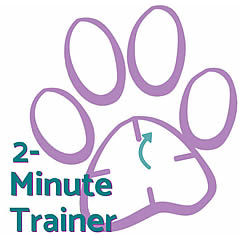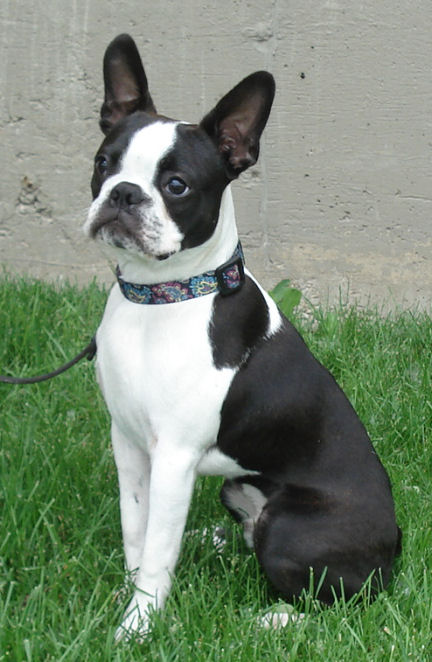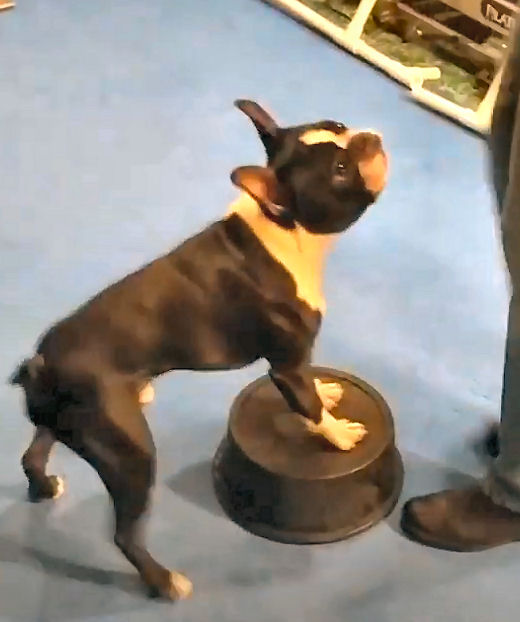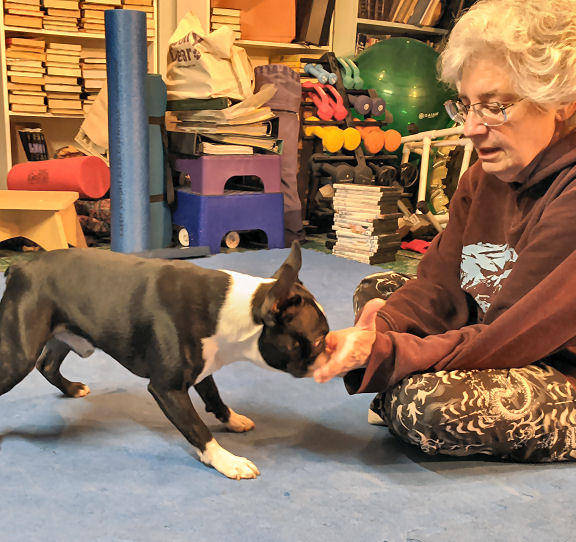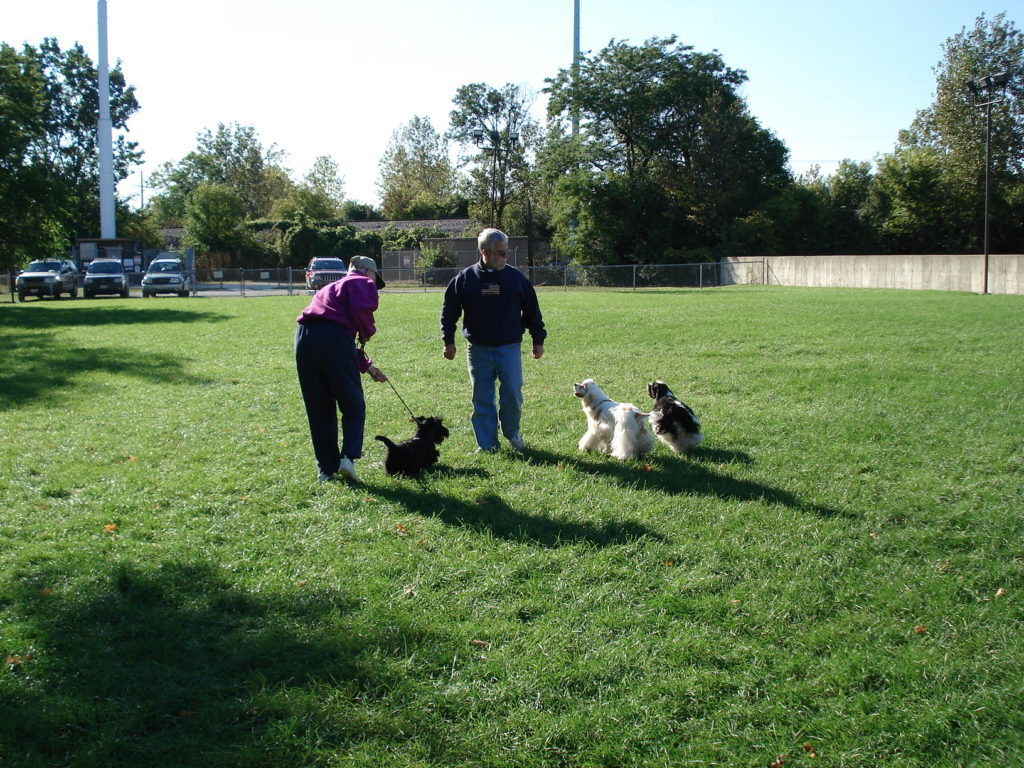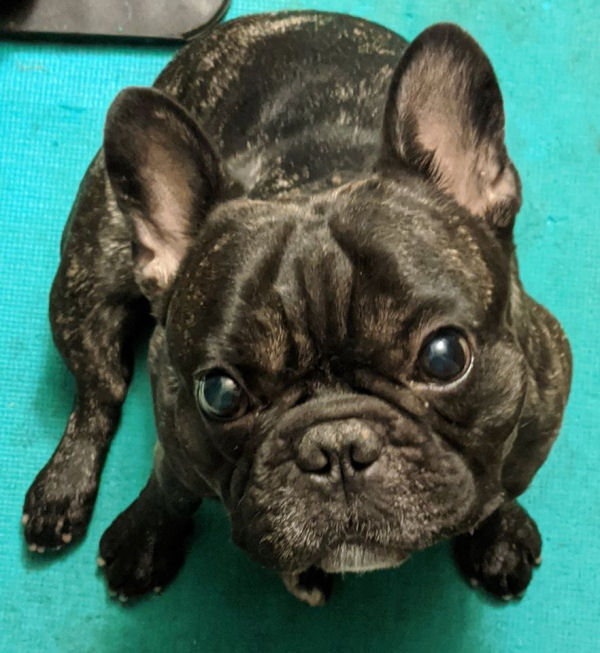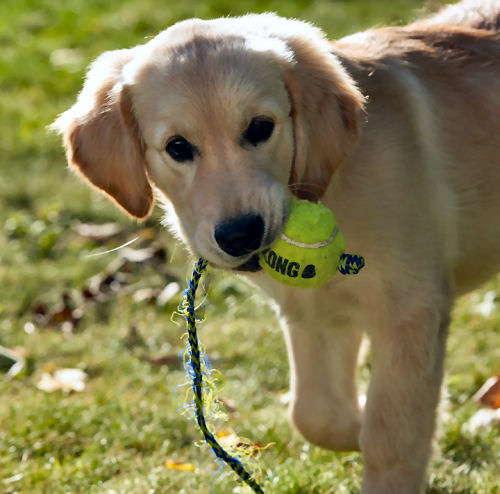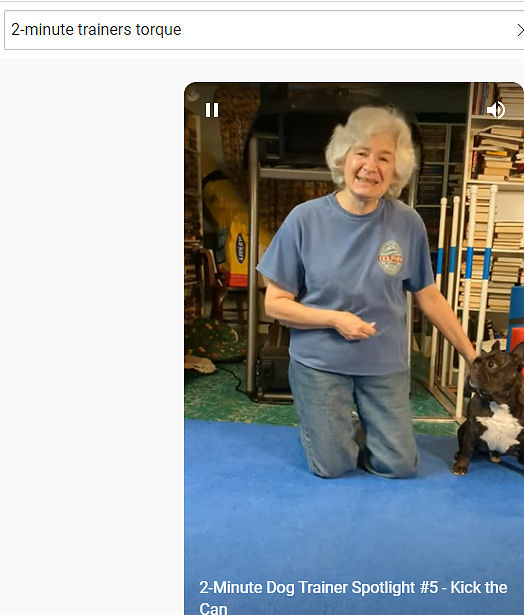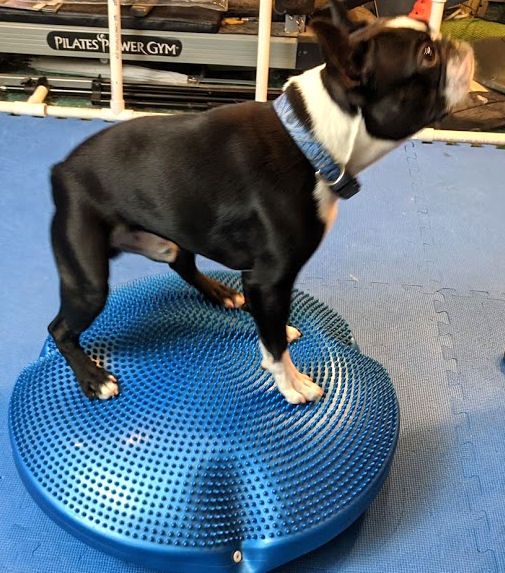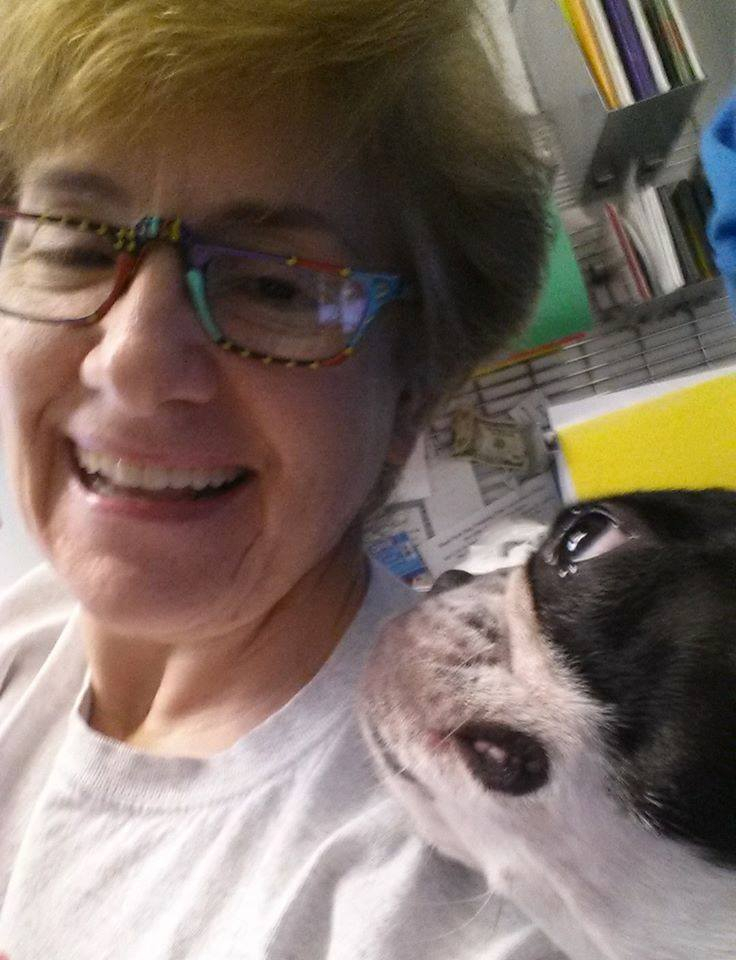Even the grumpiest getter-upper has a better start if dog games are part of the morning routine. You have to give your dog breakfast anyway. Why not turn it into a game to start the day?
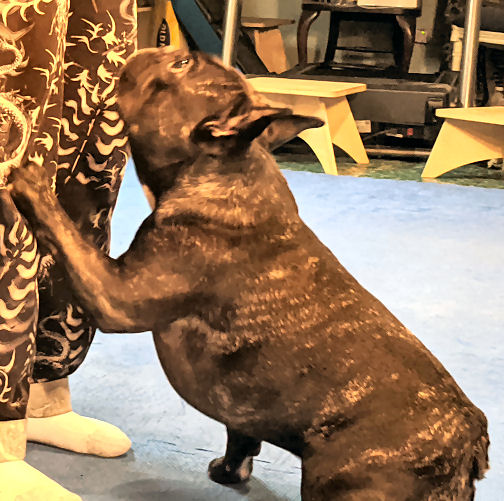
You don’t have to go anywhere, or prepare anything special. The dog food’s already there. You’re there. Your dog is with you. Wouldn’t a game of “Tap!” make you smile? How about making a dog-training game out of making breakfast? Teach your dog to open a cabinet, just by attaching a rope to the handle. Wouldn’t that be adorable?
Productive morning routine
According to the giant search engine, the trend since the start of the year includes making morning routines more productive. While resolutions have gone by the wayside, now people are getting realistic and looking for good ways to make the most of their days.
It’s not easy to build a new routine – habits are almost as hard to make as they are to break. According to studies we’ve seen, it takes anywhere from 28 to 250 days to form a habit, with most people falling into a range of about 66 days. That’s more than two months!
It’s no wonder resolutions don’t happen. Especially since most aren’t fun. They may be good for you, but let’s face it. If it were something you enjoyed, you wouldn’t have to resolve to do it.
Training games are different
But you do enjoy playing with your dog. You must, or you wouldn’t have a dog. So start small for a new morning routine. When you measure out your dog’s food, set five pieces aside. And ask your dog to do something (time for Kitchen Games!), either one thing five times, or five different things (sit, stand, down, paw, spin). When the five pieces are gone, you can feed your dog as usual.
Or, if you find yourself smiling and having fun, use more of your dog’s meal to keep playing. And that’s how you start to form a new morning routine that’s not only productive, but fun as well.
